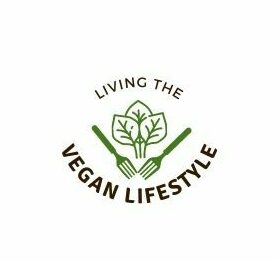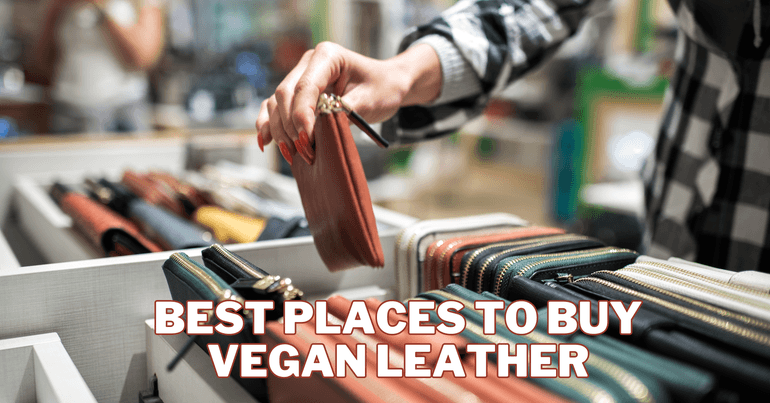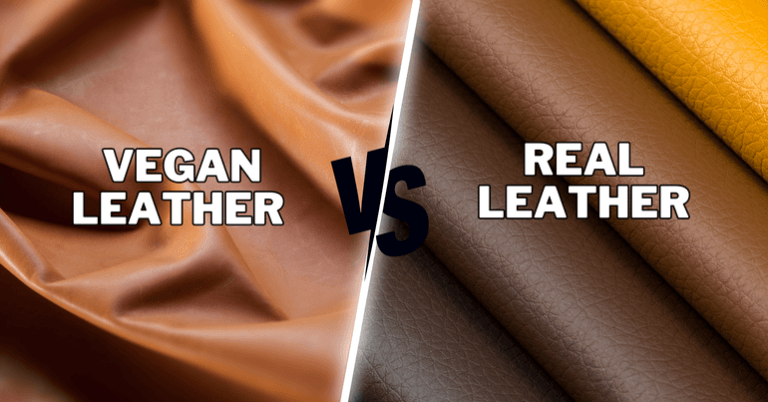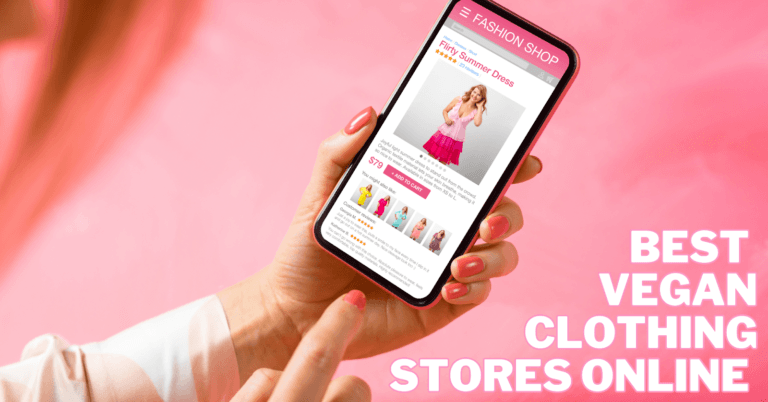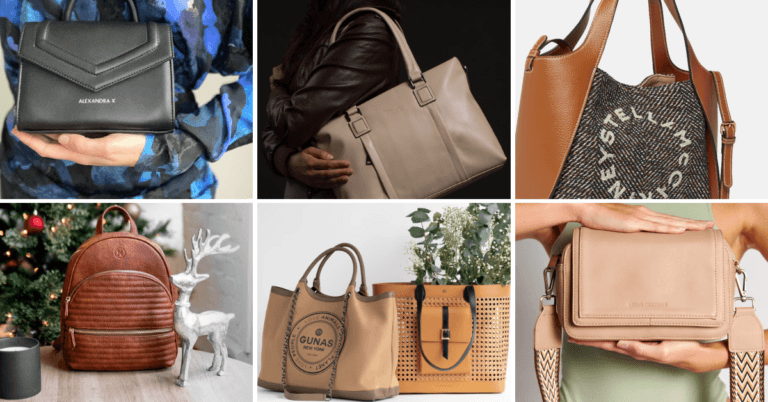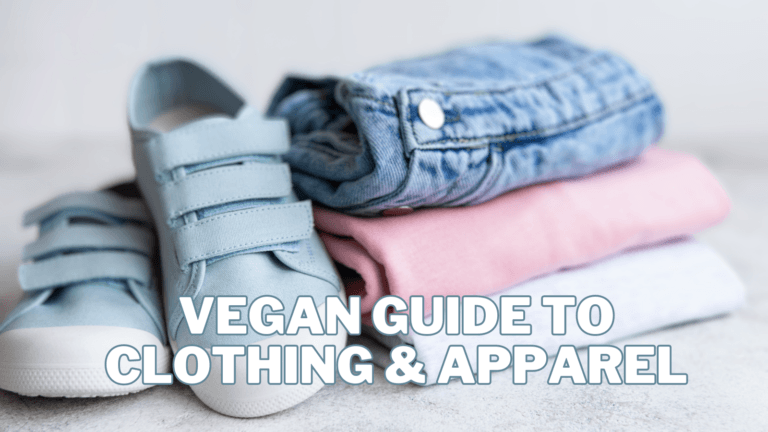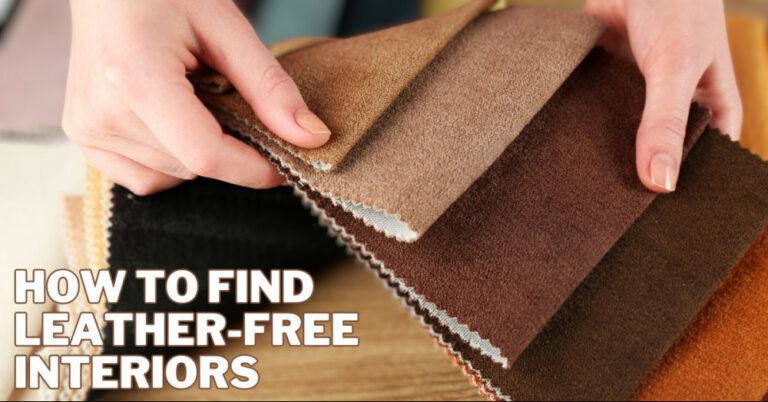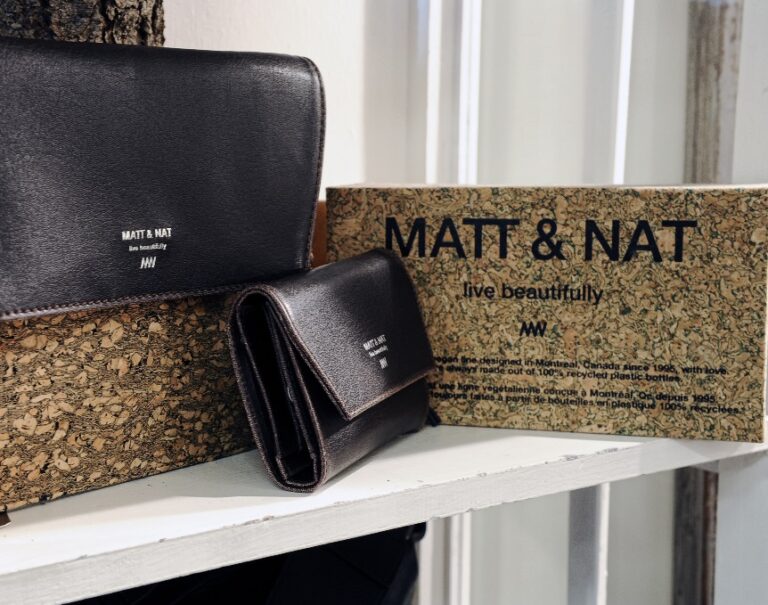Best Places To Buy Vegan Leather
Best Places To Buy Vegan Leather
The demand for vegan leather is rising in a world where style, compassion, and sustainability converge.
This cruelty-free alternative to traditional animal leather meets the fashion industry's standards and aligns with ethical and environmental values.
As more and more individuals opt for conscious consumerism, the market for vegan leather has expanded, offering many choices.
If you're searching for fashionable, cruelty-free leather alternatives, this guide will lead you to the best places to explore and purchase vegan leather products.
Explore the vibrant world of cruelty-free fashion at these exceptional “Places To Buy Vegan Leather,” where style meets sustainability.
From high-end designers to affordable and stylish brands, the vegan leather world is diverse and exciting.
What Is Vegan Leather?
Vegan leather, often referred to as faux leather or pleather, is a synthetic material designed to mimic the look and feel of traditional animal leather without using any animal products.
This cruelty-free alternative offers a range of benefits, both in terms of ethics and sustainability.
It's typically made from various plastic-based materials, with standard options for polyurethane (PU) and polyvinyl chloride (PVC).
Creating vegan leather involves bonding a fabric or backing material to a plastic coating, often textured and coloured to resemble genuine leather.
While earlier versions of vegan leather could be criticized for their quality and environmental impact, recent advancements have led to more sustainable and convincing alternatives.
Manufacturers now offer innovative materials made from mushroom roots, pineapple leaves, apple waste, and even recycled plastic, addressing concerns about sustainability and environmental impact.
One of the significant advantages of vegan leather is its positive ethical impact. Traditional leather production is often associated with animal farming and inhumane treatment.
Choosing vegan leather eliminates the need for such practices, aligning with ethical concerns about animal welfare.
Furthermore, vegan leather significantly reduces the carbon footprint compared to traditional leather, requiring fewer natural resources and generating fewer greenhouse gas emissions.
In the fashion industry and beyond, vegan leather has become a symbol of conscious consumption.
Its versatility in design, availability in various colours and textures, and easy cleaning and maintenance make it an attractive option for those seeking to make ethical and environmentally responsible choices.
Whether in clothing, accessories, furniture, or car interiors, vegan leather is revolutionizing how we think about fashion and design, demonstrating that style and sustainability can go hand in hand.
How Sustainable Is Vegan Leather?
The sustainability of vegan leather depends on several factors, including the materials used and the production processes involved.
Traditional vegan leather, often made from polyurethane (PU) or polyvinyl chloride (PVC), has faced criticism for its environmental impact due to the use of plastics derived from fossil fuels.
These materials are not biodegradable and can release harmful chemicals during production and disposal. However, a notable shift has been toward more sustainable vegan leather alternatives.
Emerging options include materials crafted from mushroom mycelium, pineapple leaves, apple waste, and even recycled plastics.
These alternatives are designed to be more environmentally friendly and ethically responsible. For instance, Piñatex, made from pineapple leaf fibres, is biodegradable and utilizes a byproduct of the fruit industry that would otherwise go to waste.
Similarly, mycelium leather is grown from fungi and can be produced using agricultural waste products. Recycled plastic-based vegan leather helps reduce plastic pollution by repurposing existing materials.
Additionally, some companies are working on closed-loop systems that enable the recycling of vegan leather products, further reducing their environmental impact.
While vegan leather made from these innovative materials represents a significant leap toward sustainability, it's essential to consider the broader picture.
Sustainable vegan leather is not just about the materials but also about responsible manufacturing processes and reducing the carbon footprint.
To ensure you're making an eco-conscious choice, look for certifications, such as the Global Recycle Standard (GRS), that confirm the recycled content and ethical production practices of vegan leather products.
It's clear that as consumer demand for sustainability increases, the vegan leather industry is adapting, offering more sustainable and ethical alternatives.
Best Places To Buy Vegan Leather
If you're looking to buy vegan leather products, you'll find many options from various brands and retailers. Here are some popular places to purchase vegan leather items:
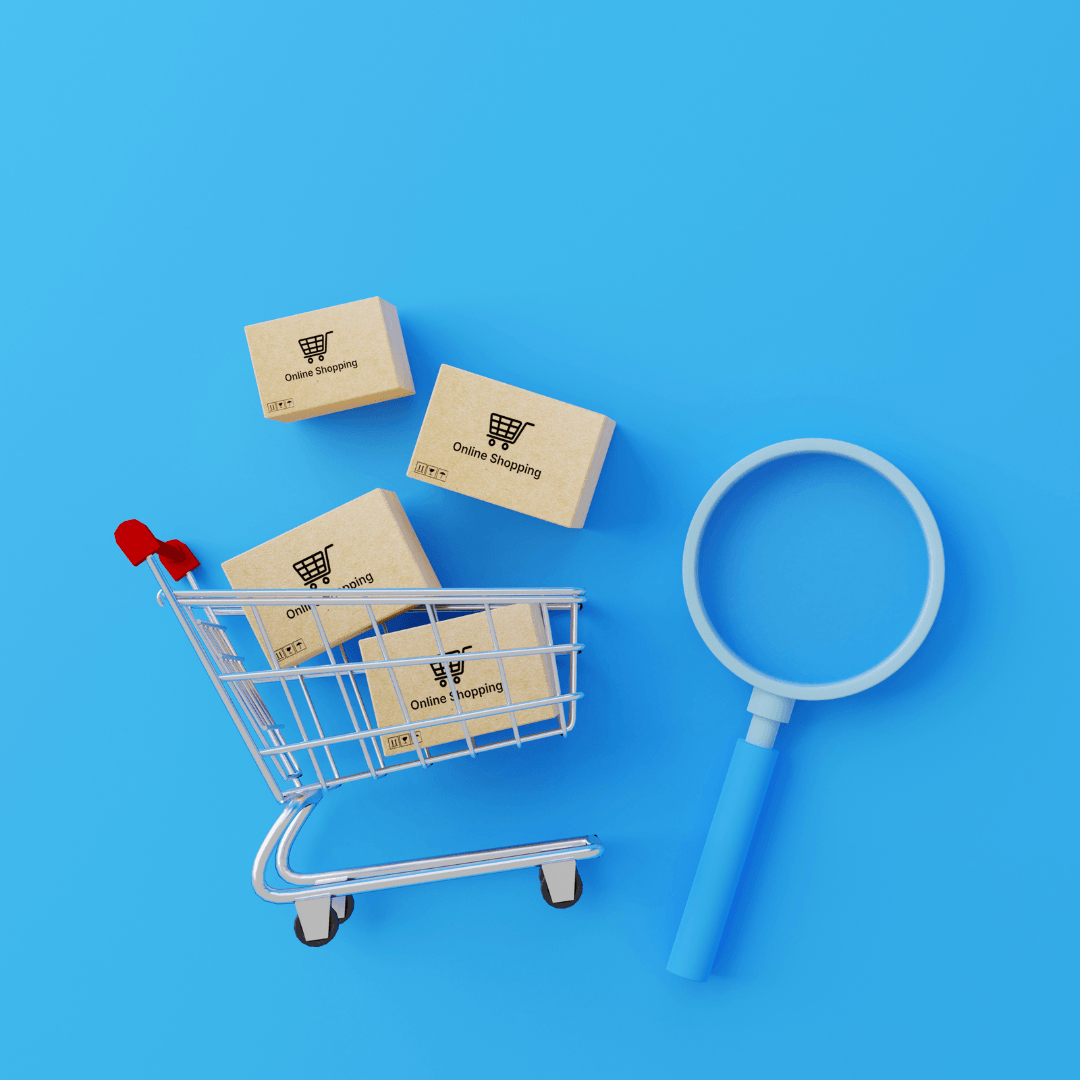
1. Online Marketplaces
Amazon, eBay, and Etsy have become treasure troves for those seeking vegan leather products.
The convenience of browsing and shopping from your computer or mobile device opens up a world of options.
When exploring the world of Places To Buy Vegan leather, online marketplaces like Amazon, eBay, and Etsy are your virtual go-to destinations, offering many stylish, ethical choices with the added benefit of customer reviews and competitive pricing.
Whether you're searching for a sleek vegan leather handbag, a pair of stylish boots, or a classic belt, you'll find many brands and styles to suit your preferences.
One of the great advantages of these online platforms is the wealth of customer reviews and ratings.
These reviews provide valuable insights into the quality, durability, and style of the products you're considering.
Customers often share their experiences and even offer photos, allowing you to make well-informed choices.
Furthermore, the competitive nature of online marketplaces often leads to attractive pricing and occasional sales, making it possible to find budget-friendly vegan leather items.
Another perk of shopping through these e-commerce giants is exploring products from well-known brands and emerging, independent designers.
Whether looking for a popular, established vegan fashion brand or a unique, artisanal creation, online marketplaces offer various options.
However, it's essential to exercise discernment when purchasing, as product quality can vary.
Paying attention to the product description, materials used, and customer feedback will ensure a satisfying shopping experience.
Overall, these platforms provide an accessible and comprehensive way to discover and buy a wide array of vegan leather items, all from the comfort of your home, while supporting a cruelty-free and sustainable lifestyle.

2. Specialty Vegan Retailers
For those who seek a one-stop shop catering exclusively to vegan needs, specialty vegan retailers offer a haven of compassion and sustainability.
Names like The Vegetarian Site, MooShoes, and Vegan Chic have garnered a reputation for curating a diverse selection of cruelty-free and environmentally friendly items, with a significant focus on vegan leather products.
These retailers are driven by a mission to support a vegan lifestyle while respecting the welfare of animals and the planet.
When you explore their collections, you'll find everything from stylish vegan leather shoes and accessories to bags, belts, and outerwear.
The advantage of shopping at these specialized outlets is the assurance of vegan authenticity and a commitment to ethical practices, as the very foundation of their business revolves around the vegan ethos.
Furthermore, specialty vegan retailers often take pride in partnering with brands that share their values, ensuring you have access to a wide range of high-quality and fashionable vegan leather options.
Whether you're searching for a classic vegan leather jacket, a chic handbag, or a durable pair of boots, these stores are designed to cater to your cruelty-free lifestyle.
In addition to fashion, they typically offer various vegan and eco-friendly products, creating a holistic shopping experience for conscious consumers.
As you embark on your quest for sustainable and ethical fashion, these dedicated vegan retailers provide an invaluable resource, aligning your style choices with your compassionate beliefs conveniently and reassuringly.
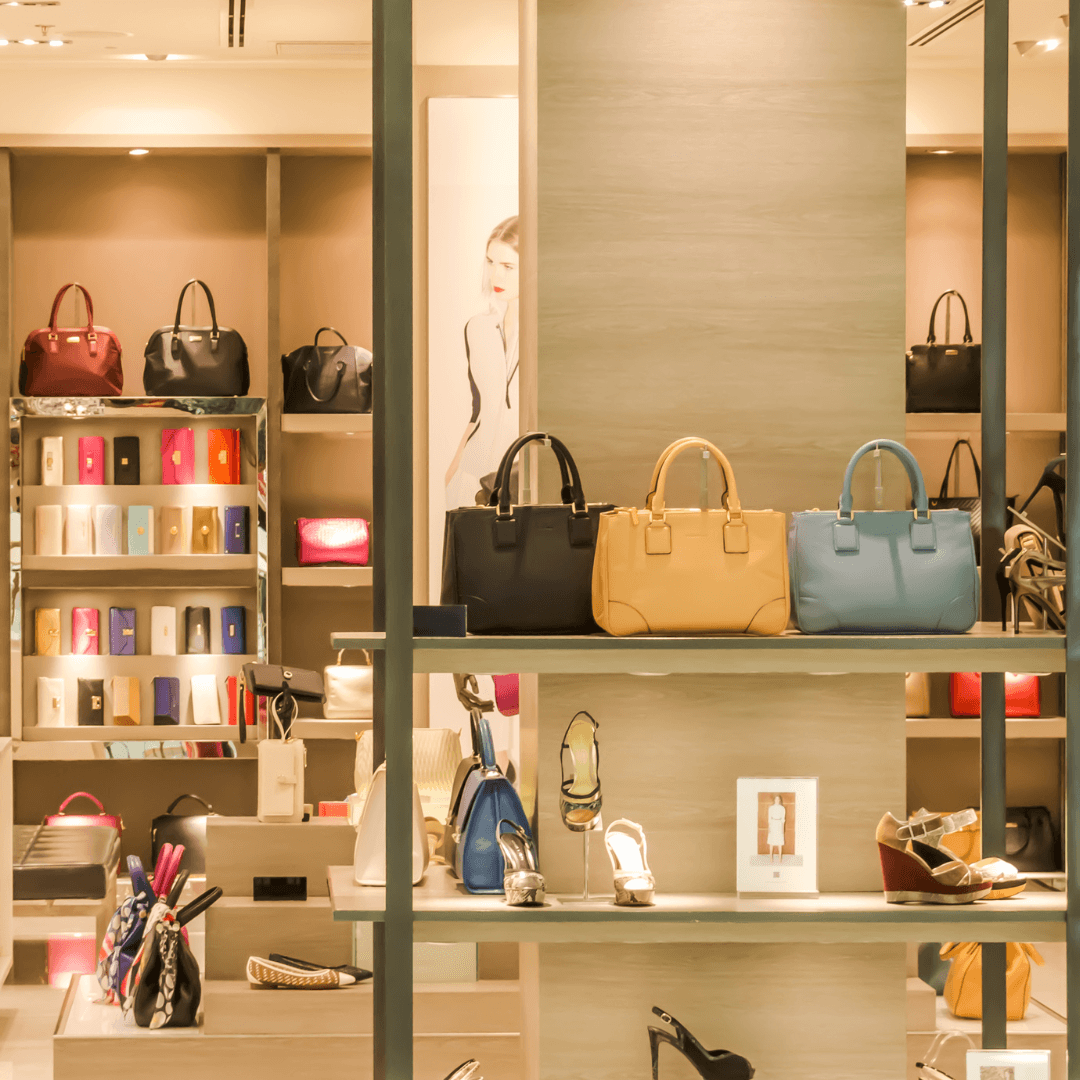
3. Sustainable And Ethical Brands
Sustainably and ethically, many brands have embraced the production of vegan leather products, aligning their values with the principles of compassion and environmental responsibility.
When you're on the hunt for ethical and eco-conscious fashion, exploring Places To Buy Vegan Leather from sustainable and ethical brands like Matt & Nat, Will's Vegan Shoes, and Angela Roi allows you to make a stylish statement while championing the principles of compassion and sustainability.
Companies such as Matt & Nat, Will's Vegan Shoes, and Angela Roi have earned widespread recognition for their unwavering commitment to sustainability and animal welfare.
Matt & Nat, for instance, stands as a symbol of sustainable fashion, crafting stylish handbags and accessories from eco-friendly materials, including vegan leather.
The brand's dedication to ethical sourcing, water-based inks, and recycled materials has solidified its reputation as a cruelty-free, eco-conscious fashion pioneer.
Likewise, Will's Vegan Shoes, as the name suggests, specializes in crafting footwear that combines chic aesthetics with ethical manufacturing.
Their dedication to animal welfare and the environment extends from sourcing high-quality vegan leather to producing footwear with a minimal carbon footprint.
Will's Vegan Shoes have become a symbol of eco-friendly footwear, showcasing that indulging in fashion while respecting the planet and its inhabitants is possible.
Angela Roi is another noteworthy name in the ethical fashion world. This brand is synonymous with luxury and compassion, crafting sophisticated and timeless vegan leather accessories.
Angela Roi has set high standards for sustainable and ethical practices, ensuring every product respects the planet and its sentient beings.
For those who want to make style choices that positively impact the world, these sustainable and ethical brands offer a diverse range of vegan leather products, from handbags and wallets to shoes and accessories.
Their commitment to sustainability and animal rights makes them reliable sources for conscious consumers who wish to look good while doing good.
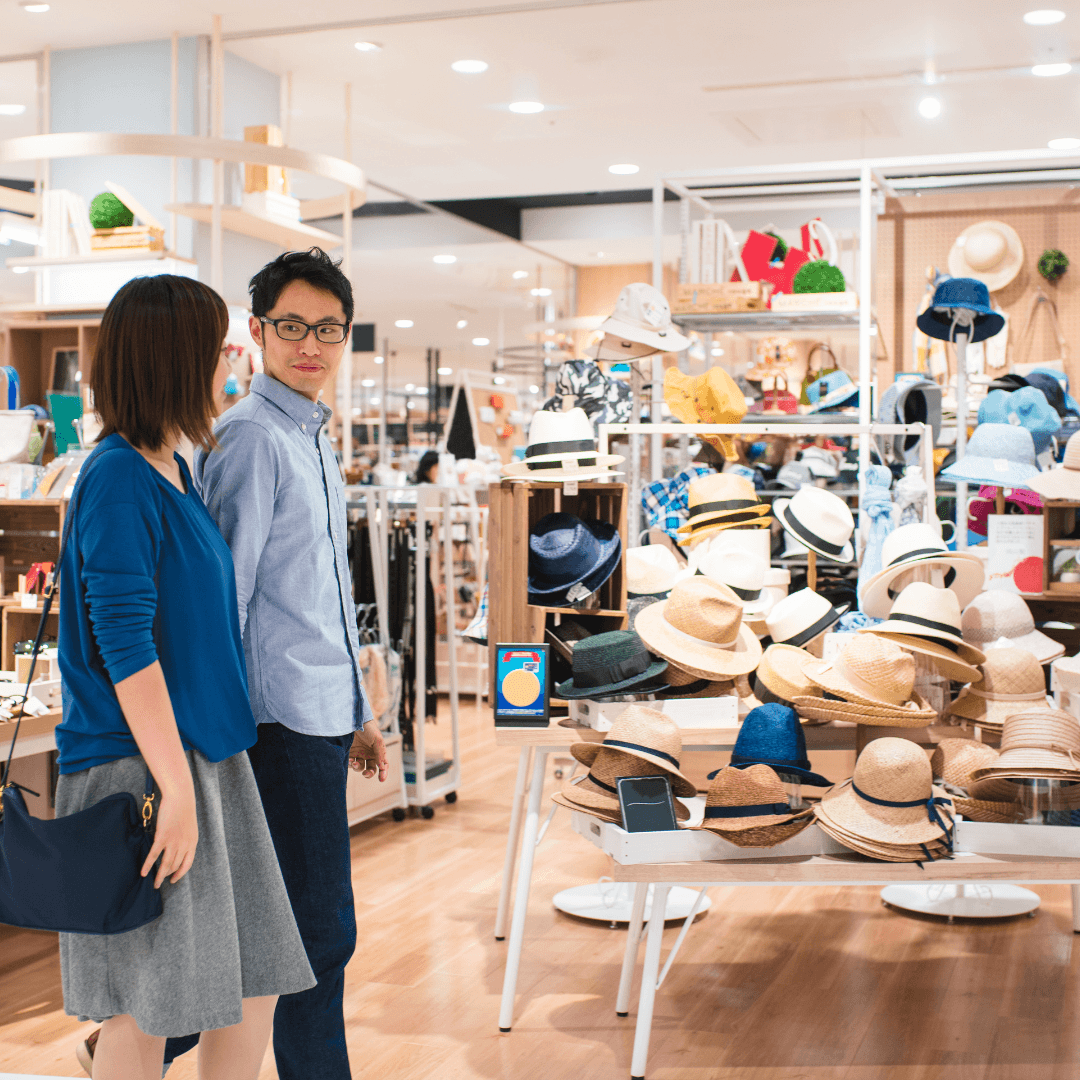
4. Major Department Stores
In reflecting the shifting tides in consumer preferences towards more ethical and sustainable fashion choices, major department stores have embarked on a transformative journey to cater to the surging demand for vegan leather products.
Retail giants like Nordstrom, Macy's, and Bloomingdale's have recognized that the future of fashion lies in cruelty-free alternatives and environmentally responsible materials.
Nordstrom, a renowned name in the fashion industry, has responded to this demand by featuring a range of vegan leather items.
From sleek handbags to stylish footwear, they offer many choices for conscious consumers seeking both fashion and compassion.
Their commitment to meeting the evolving needs of their clientele is a testament to the mainstream acceptance of vegan leather.
Macy's, another household name in American retail, has not lagged in this transformative journey. They now stock an impressive selection of vegan leather fashion items.
From wallets and belts to elegant jackets and shoes, Macy's dedication to providing cruelty-free alternatives stands as a testament to the power of consumer preferences.
Similarly, with its reputation for offering a curated selection of high-end fashion, Bloomingdale's has expanded its inventory to include vegan leather products.
They recognize that their clientele is increasingly interested in stylish, sustainable options, and Bloomingdale's has met this demand with a diverse range of options.
From faux leather jackets to bags and accessories, Bloomingdale's caters to the discerning tastes of ethically conscious shoppers.
The inclusion of vegan leather in the product lines of these major department stores underscores a broader societal shift towards more mindful consumer choices.
By offering cruelty-free fashion options, they are meeting the current demand and encouraging a more sustainable and compassionate future for the fashion industry.
These retail giants are not just adapting to change but becoming catalysts for change, marking a significant step in fashion's transformation towards a more compassionate and environmentally friendly future.
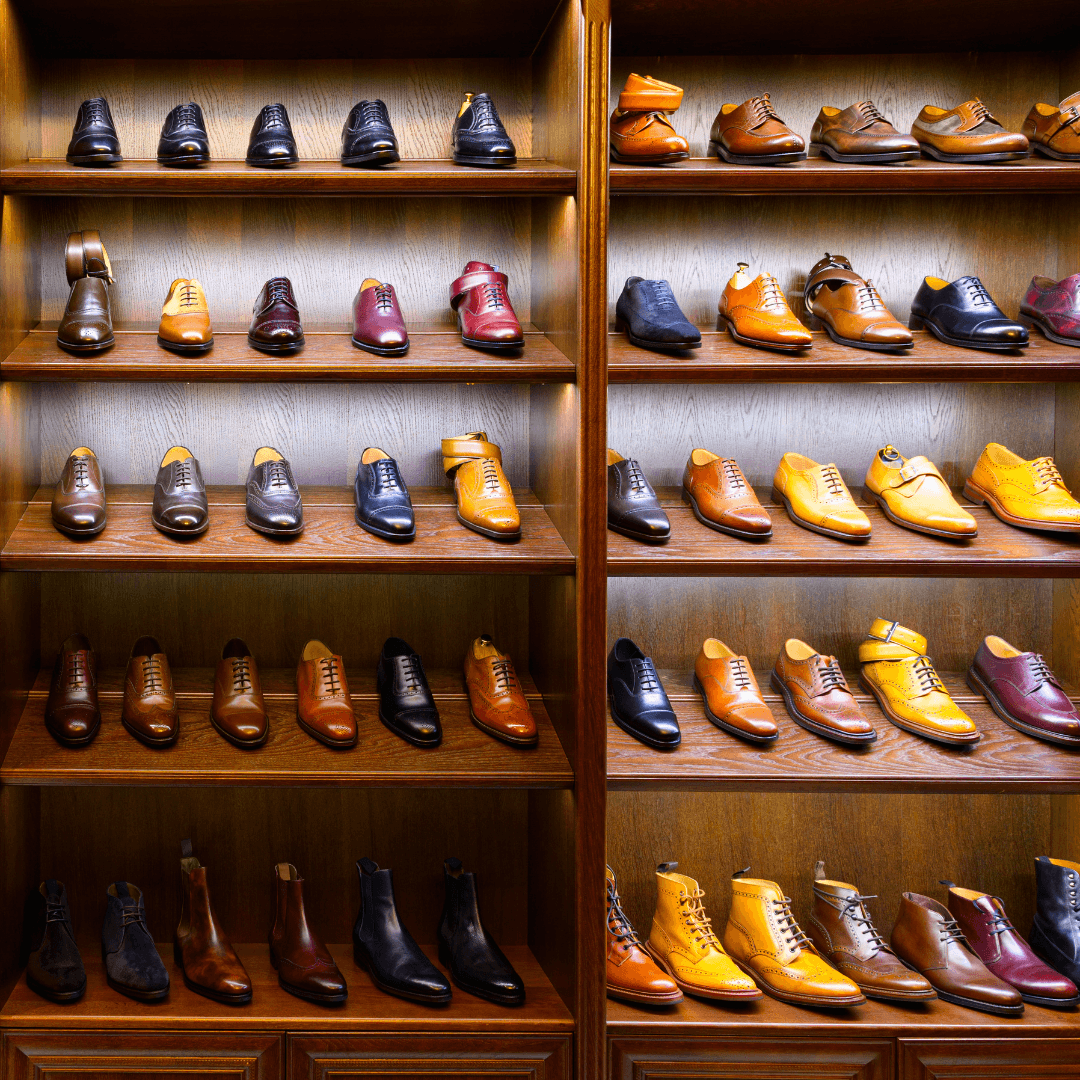
5. Footwear Stores
Regarding footwear, the quest for stylish, cruelty-free options has led many shoppers to specialized footwear stores.
Footwear enthusiasts searching for cruelty-free and fashionable options will find their stride at dedicated places to buy vegan leather, like Zappos and DSW, where an array of styles, from casual sneakers to elegant heels, meet the ethical demands of conscious consumers.
Retailers like Zappos and DSW have responded quickly to this demand, recognizing the need for compassionate choices in the fashion world.
Zappos, an online footwear giant, has diversified its range to include various vegan leather shoe options from some of the industry's most popular and trusted brands.
From casual sneakers to elegant heels, Zappos' vegan footwear collection encompasses various styles for every occasion.
DSW, Designer Shoe Warehouse, has also shifted towards ethical consumerism. They've made it easier for fashion-conscious individuals to align their choices with their values by stocking a variety of vegan leather shoes.
Whether you're in the market for everyday flats or more formal dress shoes, DSW offers a comprehensive selection to meet conscious shoppers' diverse needs and preferences.
This dedication to providing cruelty-free alternatives in footwear underscores the growing trend towards ethical fashion.
These footwear stores are at the forefront of a transformative shift in the fashion industry, recognizing that consumers are increasingly concerned with the impact of their choices.
By offering a wide array of vegan leather shoes, they're not just meeting a growing demand; they're playing a pivotal role in reshaping the fashion landscape towards a more ethical and sustainable future.
In a world where fashion is a powerful form of expression, these retailers allow individuals to wear their values with every step.
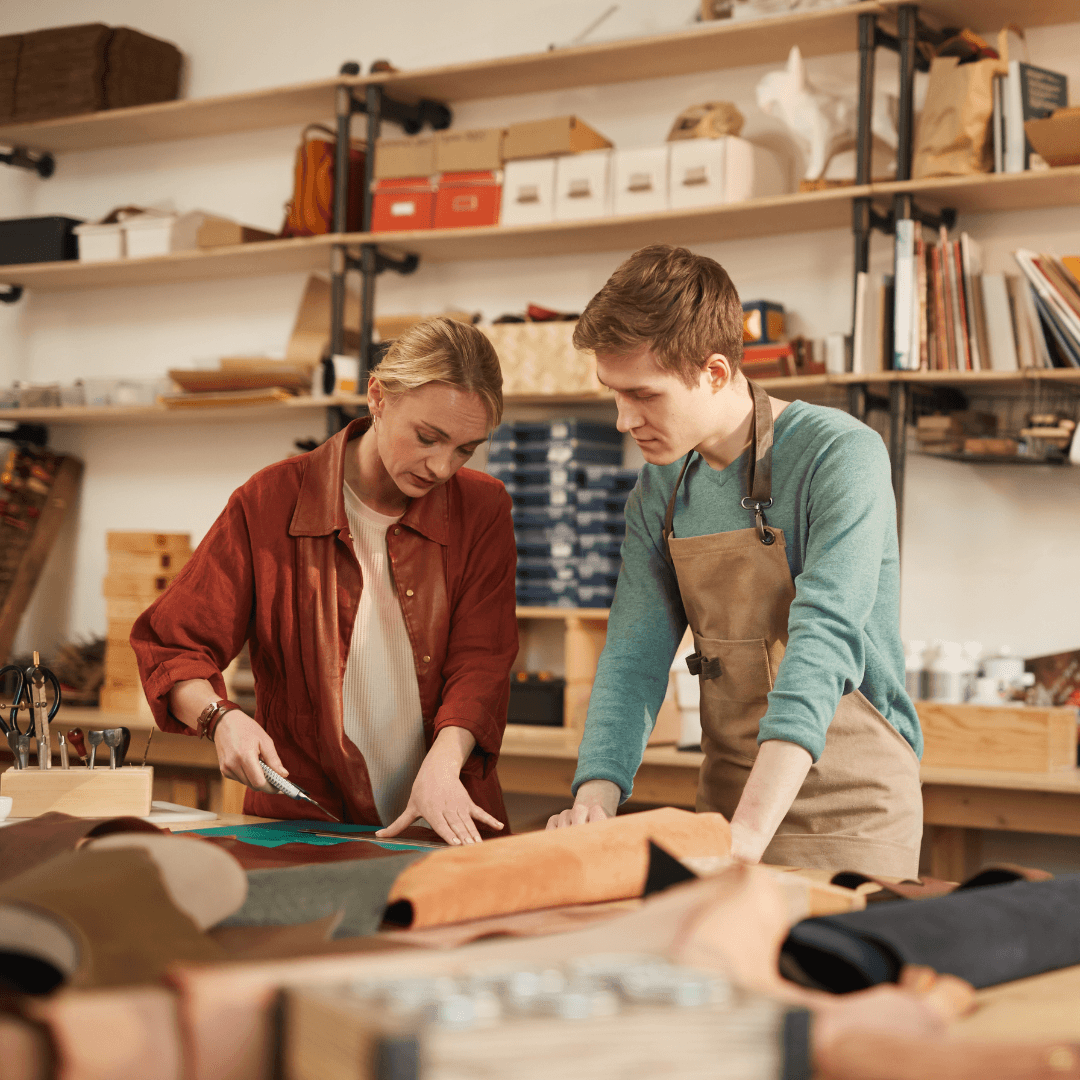
6. Independent Artisans
In the ever-expanding realm of vegan leather, you'll discover a treasure trove of handmade, one-of-a-kind pieces.
Independent artisans have harnessed their creativity and commitment to cruelty-free fashion, showcasing their craftsmanship on platforms like Etsy.
For those seeking unique and personalized vegan leather items that reflect the artistry and individuality of independent creators, platforms like Etsy provide a vibrant Place To Buy Vegan Leather where you can explore intricately designed wallets and customized bags.
Here, you'll find a vibrant marketplace of unique and personalized vegan leather items, from intricately designed wallets to customized bags that reflect creators' and buyers' distinct tastes and preferences.
Etsy, known for its celebration of creativity and craftsmanship, has become a haven for artisans who've chosen the path of compassion.
These dedicated creators are often driven by a desire to offer something exceptional, making every item not just an accessory but a work of art.
When you choose a vegan leather product from an independent artisan, you're making a statement against animal cruelty and unsustainable fashion and investing in a piece of craftsmanship that tells a story.
The charm of buying from independent artisans on platforms like Etsy lies in the individuality of each creation.
You're not merely acquiring a fashion item but embracing a unique perspective and participating in a creative journey.
Whether it's a hand-stitched wallet, an intricately embossed bag, or any other vegan leather item, you're becoming part of the ethical fashion movement personally and meaningfully.
Through their artistry and dedication, independent artisans craft accessories and a brighter, more compassionate future for the fashion world.
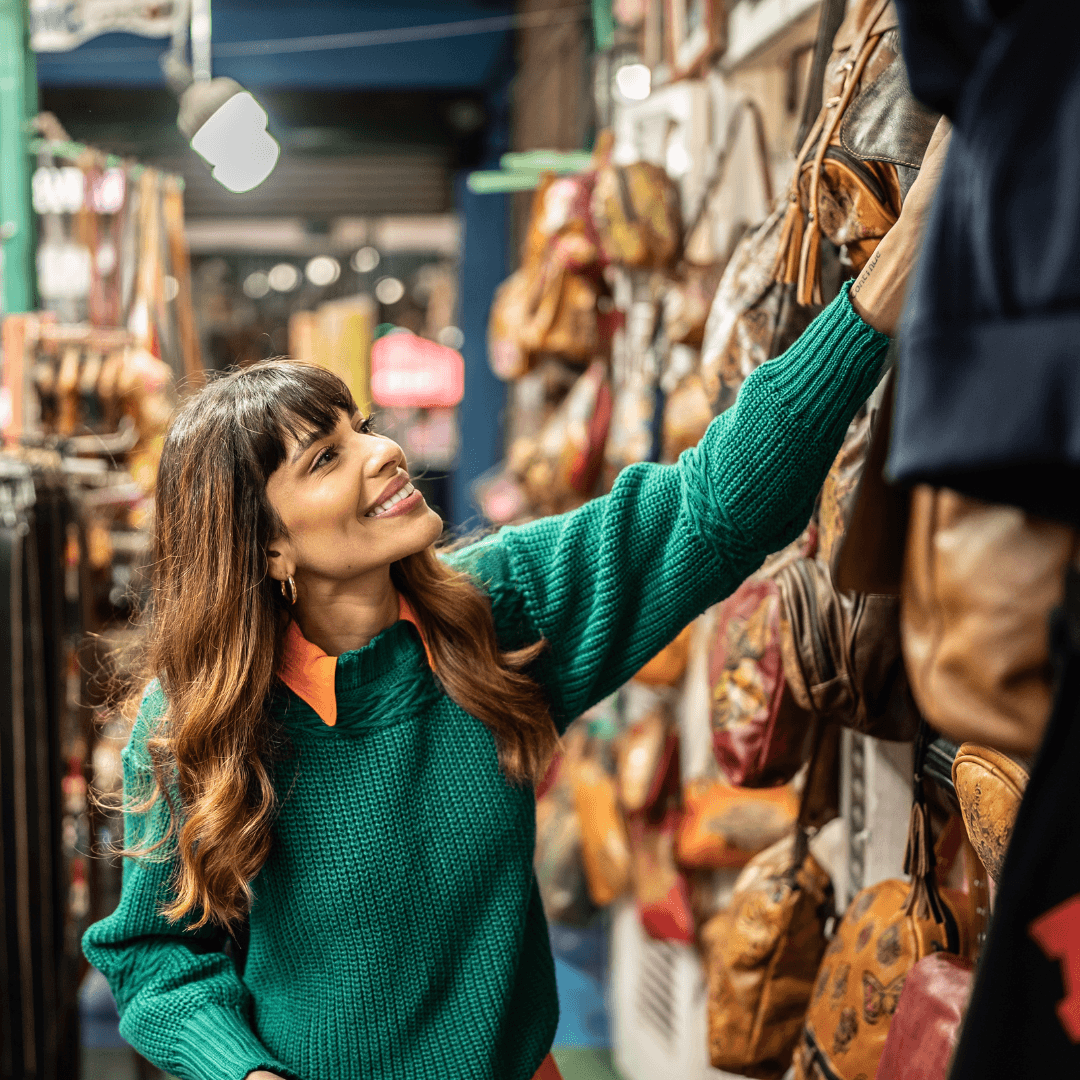
7. Thrift And Secondhand Shops
Embracing the spirit of eco-consciousness and affordability, thrift and secondhand shops have emerged as hidden gems in the quest for vegan leather treasures.
While the allure of brand-new items is undeniable, the sustainable fashion wave has ushered in a new era of gently used, yet still fashionable, vegan leather discoveries.
Thrift stores in cities and towns offer a charming and unpredictable hunting ground for those seeking a second life for pre-loved fashion pieces.
Equally enticing are online thrift shops such as thredUP and Poshmark, where you can leisurely scroll through an array of previously owned vegan leather items from the comfort of your home.
In these treasure troves of vintage finds, you'll come across various vegan leather accessories and clothing, each with a unique story.
From retro handbags with timeless appeal to jackets that carry the echoes of fashion's past, thrift shops and online platforms have democratized sustainable style.
What's remarkable is the potential for rediscovery and reinvention. Gently used vegan leather items showcase the durability and timelessness of this material, encouraging shoppers to join the circular fashion movement.
What truly sets thrift and secondhand shops apart is the thrill of the hunt. There's a sense of adventure in exploring row after row of diverse fashion pieces, each with its own history.
It's a fashion journey that takes you beyond the surface appeal of aesthetics to the heart of ethical and sustainable fashion.
By choosing gently used vegan leather items, you're not just adopting a new accessory; you're becoming part of the movement to reduce waste and minimize the fashion industry's environmental footprint. Each find becomes a conscious step towards a more sustainable and stylish future.
Conclusion
As we wrap up this exploration of the diverse avenues for sourcing vegan leather, it becomes evident that the world of cruelty-free fashion has flourished.
In this vibrant landscape of cruelty-free fashion, the world becomes your Place To Buy Vegan Leather, where you can explore an array of stylish and sustainable options that align with your values.
From mainstream department stores to specialized ethical brands and hidden treasures in thrift shops, the options for conscious consumers have expanded remarkably.
The beauty of vegan leather lies in its ethical appeal and fashion-forward and innovative designs. The blend of style and sustainability has evolved into an art form; the world is your canvas.
Ultimately, where you choose to buy vegan leather depends on your values, budget, and individual style.
Whether it's the convenience of major retailers or the allure of handcrafted pieces by independent artisans, each source has its unique charm. It's not just about owning a product; it's about owning a story.
No matter where you embark on your vegan leather journey, know that you're not just buying an accessory but investing in a vision of a more sustainable, cruelty-free future. The age of vegan leather has arrived, and it's yours to explore, appreciate, and embrace.
I trust you enjoyed reading the Best Places To Buy Vegan Leather article. Would you please stay tuned? There are more blog posts to come very shortly.
JeannetteZ
>>> Please click here to read my Vegan Travel Guides To World Destinations <<<
>>> Want To Learn How To Create Delicious, Cruelty-Free, Healthy AND 100% Vegan Meals? Try These Awesome Vegan Cooking Courses With A Free 7-DAY MEMBERSHIP<<<
Your Opinion Is Important To Me
Ideas? Thoughts? Questions? I would love to hear from you. Please leave me your questions, experiences, and remarks about the Best Places To Buy Vegan Leather in the comments section below. You can also reach me by email at Jeannette@LivingTheVeganLifestyle.org.
>>> Please click here to read more about Vegan Leather on Peta.org <<<
Disclosure
This post may contain affiliate links. I earn from qualifying purchases as an Amazon Associate and other affiliate programs. Please read my full disclosure.
You might also enjoy these blog posts:
Best Eco-Friendly Vegan Leather Alternatives
Best Online Shops To Buy Vegan Leather Products
